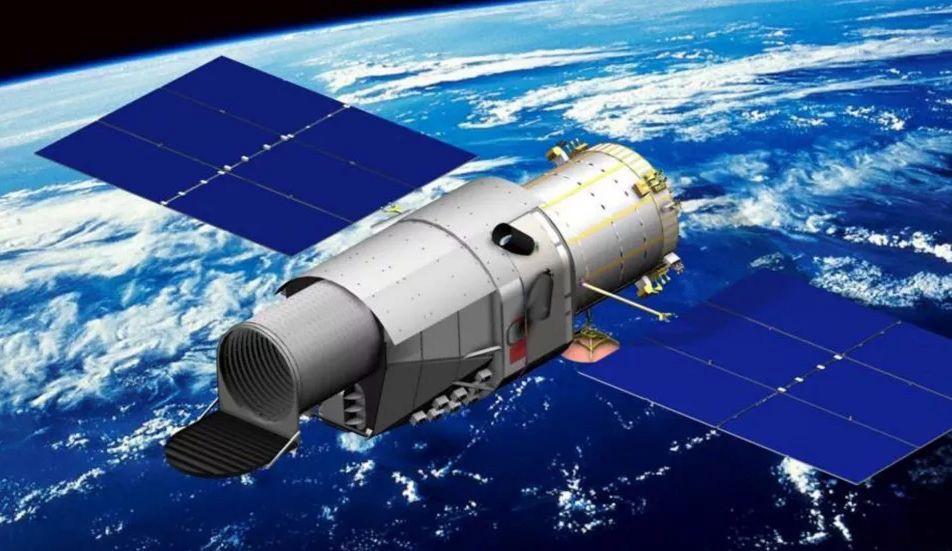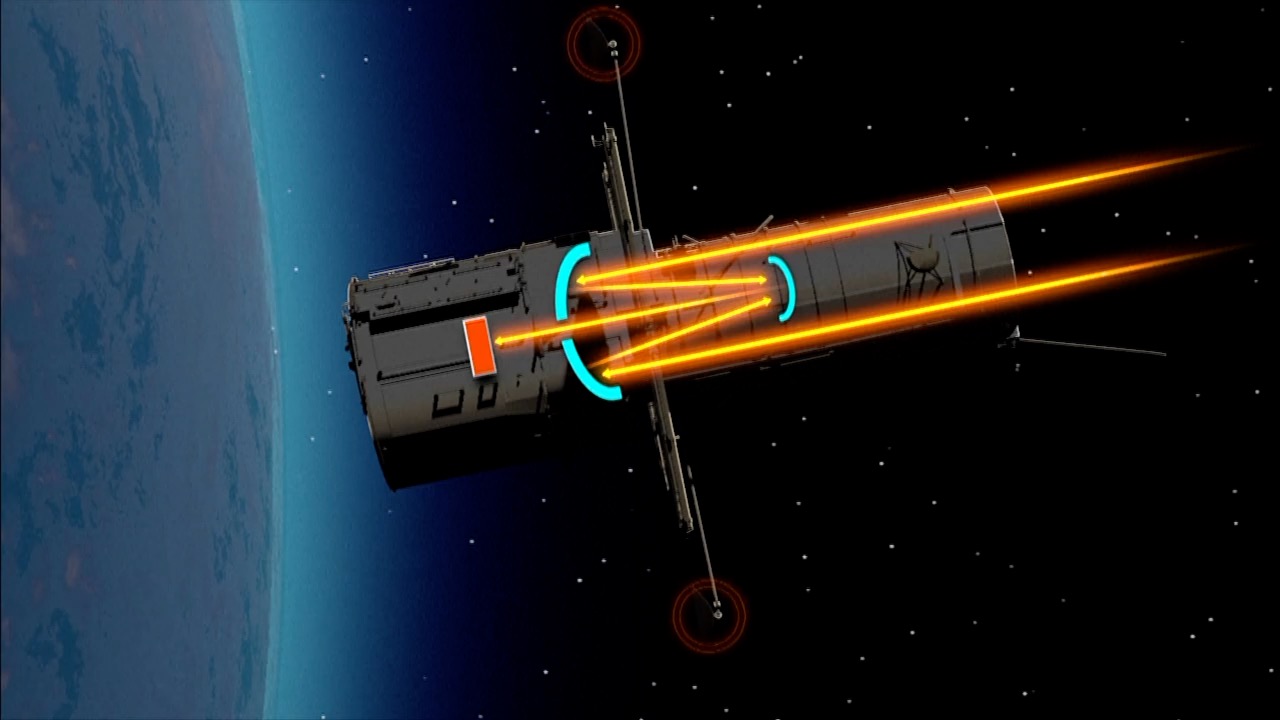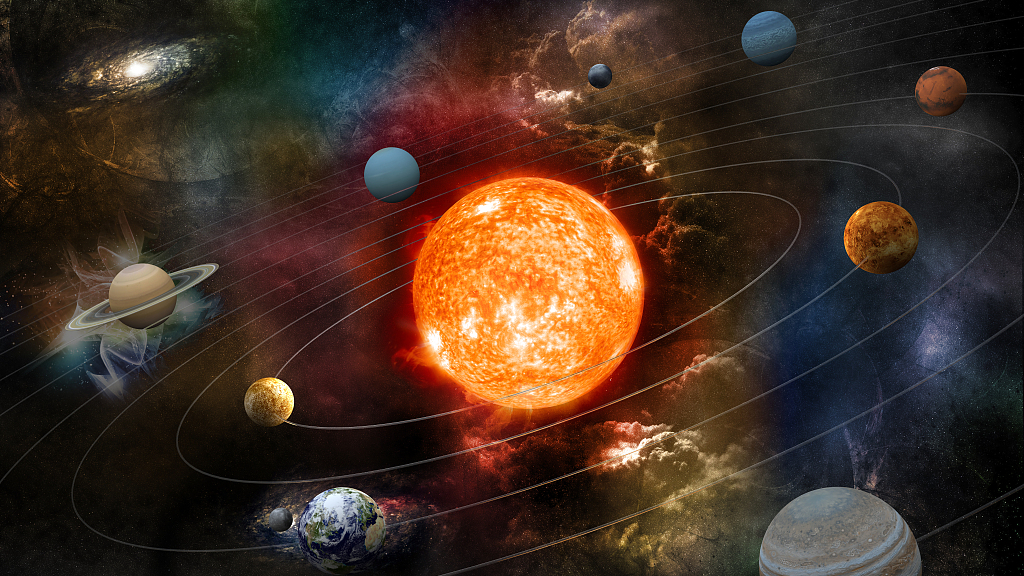
An illustration of the Xuntian Space Telescope. /China National Space Administration
An illustration of the Xuntian Space Telescope. /China National Space Administration
China's first large space telescope is expected to start scientific operations around 2024 at the China Space Station, according to the country's manned space program.
The Chinese Survey Space Telescope, also known as the Chinese Space Station Telescope (CSST), or Xuntian (meaning "survey to heavens" in English) Space Telescope, is a space-based optical observatory for astronomers to carry out sky surveys, capturing a general map or images of the sky.
It will have a nominal mission lifetime of 10 years, which could be extended in principle.
As the optical cabin of the China Space Station, whose construction is expected to be completed before the end of 2022, the Xuntian, which will be launched at the end of 2023, has an aperture of two meters and state-of-the-art detectors. It is a bus-sized facility, weighing more than 10 tonnes, with a length equal to that of a three-story building.
01:02

Developing prototype sample of Xuntian
According to the Changchun Institute of Optics, Fine Mechanics and Physics under the Chinese Academy of Sciences (CAS), China is developing the prototype sample of Xuntian with progress already made in the preliminary development process.
"The Xuntian Space Telescope consists of two parts. One is the Xuntian optical facility, and the other is the Xuntian platform. The former is a telescope which has many subsystems," Zhan Hu, principal scientist of Xuntian optical facility and researcher from the National Astronomical Observatories of the CAS, told China Media Group (CMG).
The first-generation Xuntian Space Telescope consists of five observation apparatuses, including the Xuntian module, the terahertz module, the multichannel imager, the integral field spectrograph, and the extrasolar planetary imaging coronagraph. Among them, the Xuntian module, a camera with a wide field of view, will be mostly responsible for the observation.

A T-shaped complex will be formed once the construction of the China Space Station is completed. /CFP
A T-shaped complex will be formed once the construction of the China Space Station is completed. /CFP
Xu Shuyan, chief designer of the Xuntian optical facility and researcher with the National Astronomical Observatories of the CAS, told CMG that his team has completed developing all subsystems, components, and units of the Xuntian. They are now preparing for the joint test of Xuntian's future space launch.
The Xuntian Space Telescope will be launched to space after the completion of the China Space Station. During its normal observations, the Xuntian will fly independently in the same orbit as the space station but will keep a significant distance from it.
Unraveling cosmic mysteries
The Xuntian has a field of view 300 times greater than the Hubble Space Telescope while retaining a similar resolution.
Also known as the CSST, the Xuntian is likely to be the largest space telescope for astronomy in the near-ultraviolet and visible scope in the decade before 2035, said Zhan Hu.

An illustration of the solar system. /CFP
An illustration of the solar system. /CFP
Li Ran, another project scientist of the CSST Scientific Data Reduction System, used the analogy of photographing a sheep flock to explain Xuntian's capabilities. "Hubble may see a sheep but the CSST sees thousands, all at the same resolution."
With a huge 2.5-billion-pixel camera, the Xuntian will be able to observe up to 40 percent of the sky over 10 years. It will also co-orbit Earth with the China Space Station and periodically dock with the future crewed outpost.
Xuntian's mission as a space optical observatory also includes investigating the properties of dark matter and dark energy, the cosmos, galaxy formation and evolution.
(CGTN's Zhao Yuxiang and Cao Qingqing also contributed to the story.)
Read More:
Chinese Xuntian Space Telescope to unravel cosmic mysteries in 2023
Timetable for China's space station construction 2022: 6 more missions

